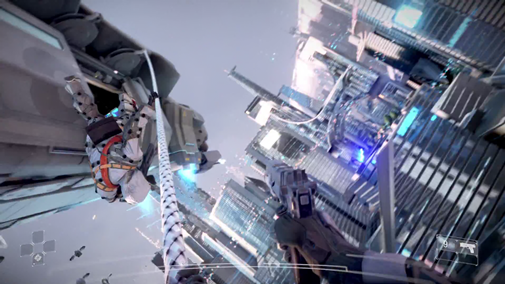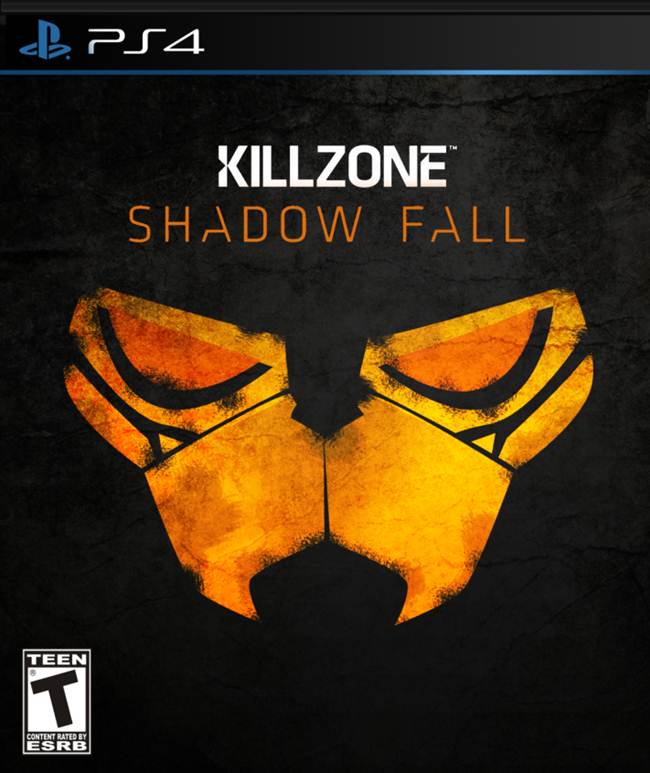
Don’t you just love it when speculation on new consoles gets technical? Anyone growing up in the nineties will firmly remember the obsession with 16 and 32 bit machines, an arbitrary measurement of power that, to this day, still doesn’t say much about what went on under the hood of these systems.
Rumours are far more concrete in the 21st century, but it doesn’t exactly detail how a console’s games will turn out. We may know graphics chips and RAM numbers, but we never get a sense of how games will use this power. After all, the PS3 was the most powerful system of this generation, but its full capabilities have only ever been harnessed by a few select developers since its launch in 2006.
So, having had mere speculation before on what the PS4 could do, it was great to see some games in action back at Sony’s February reveal. Killzone: Shadow Fall was arguably the highlight of the titles on display, and Guerilla Games have released a huge document detailing the tech stuff going on behind the scenes of their Killzone demo. It’s an enlightening read, with plenty of highlights that really get you thinking about how developers will use the power of the PS4 in the future.
The biggest highlight of the document is the use of RAM. Easily the most banal part of any PC’s internals, the RAM in the PS4 is unique for being of the super-fast GDDR5 variety. Considering most PC gamers are still content getting maxed out settings on DDR3 RAM modules, the extra speed of the PS4’s memory could really help make its visuals seem truly next gen. Guerilla have described having quicker memory as “awesome,” which is as promising a word as any.
Though RAM might not be the most important component for gaming, there’s a lot to be said for how it’s currently being used. Guerilla supposedly used 3GB of RAM for the demo’s visuals. This is in keeping with the RAM usage in most contemporary PC games, but it barely puts a dent in the system’s massive 8GB memory reserves. Granted, this RAM store is more to future-proof the system, but just imagine how games will be if they start using the full set of system memory.
Though polygons aren’t exactly the standard by which we judge game visuals any more, there was an interesting increase in polygon counts in Shadow Fall over KZ3; four times the polygons to be precise. The jump from 10K to 40K polygons per character is quite a leap and, though it’s getting to the point where increased polygons don’t offer a huge amount of obvious visual improvements, this extra level of detail will be what sets next generation graphics apart from what we’ve been used to this generation.
Some other impressive numbers show up in the demo tech sheet. 8200 physics objects and 500 particle systems and real-time reflections are of note. Seemingly baffling numbers like this would never be possible on a PS3. What’s more surprising is that all of this was achieved with Guerilla Games creating their own CPU and GPU profiler. Official profiling tools for the PS4’s innards are still rudimentary this early on in development so, if Guerilla are already getting this kind of performance with home developed profilers, we can only guess what kind of an improvement official tools will bring.
There’s a similar level of uncertainty going on here with regards to what developers have access to of the system, and what they’re aware of. Just Add Water CEO Stewart Gilray has said that the 8GB RAM totals were kept secret from third party developers until recently. This may explain why Guerilla only used 4GB RAM in total for the Killzone Shadow Fall demo. Though we now know the full extent of the PS4’s memory, there could be other features we have yet to hear about that could result in bigger and better titles.
Sony isn’t entirely about the power this time around though. A huge part of their PS4 announcement was focused on the more developer friendly nature of the system, a better development environment that Guerilla have vocally supported in their run down of the Killzone demo. Despite “a few fights with the PS4 thread scheduler,” the developer said the “PS4 is really easy to program for.” They were also complimentary of the system’s fast GPU, describing how proud they were of the field of view effects they managed to conjure up, and how they managed to optimise these effects later on in development.
Sony’s developer-friendly focus clearly hasn’t got in the way of producing a powerful system. With much of the console’s full potential yet to be used, it bodes well for the quality of future PS4 titles. Of course, we’re still in early days yet. Even though Guerilla claimed they had few problems in developing the Killzone Shadow Fall demo, developers are likely to get more proficient with development for the system as time goes on, resulting in much better looking games after the system has been out for a while. The future looks bright.

















